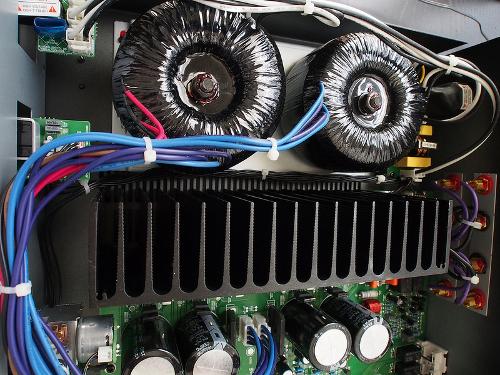captslow
Head-Fier
- Joined
- Oct 16, 2013
- Posts
- 60
- Likes
- 13
Before getting to my question, I will provide a little background. I am just venturing into the headphone world from the Two-Channel domain where I have been active for the past decade. As a result I have quite a bit of HiFi gear, however, my current situation allows for only a small office system and everything else has been packed away for the foreseeable future. I am hoping my musical savior will be the headphone world.
Currently my office system consists of the following:
Amp (integrated): TEAC AI-2000 (designed by esoteric, dual mono)
Source: Rega RP3 (exact cart)
Speakers: Dali Zensor 1
I have no DAC as I have been an analog only guy, but will be buying one shortly, so many options to research.
Now to my question... Sorry for the long winded introduction.
I have been advised to try the Hifiman He-6s since I already have a somewhat decent speaker amplifier. My TEAC has a headphone out (no it is not an opamp powered unit, it uses the regular output through a series of resistors).
Is there a difference in using this headphone out rather than the HE-Adaptor or other speaker jack to headphone adaptor? I took a picture of the headphone resistors for the electrical engineers among the community who may be able to provide more insight.
Thanks guys!



Currently my office system consists of the following:
Amp (integrated): TEAC AI-2000 (designed by esoteric, dual mono)
Source: Rega RP3 (exact cart)
Speakers: Dali Zensor 1
I have no DAC as I have been an analog only guy, but will be buying one shortly, so many options to research.
Now to my question... Sorry for the long winded introduction.
I have been advised to try the Hifiman He-6s since I already have a somewhat decent speaker amplifier. My TEAC has a headphone out (no it is not an opamp powered unit, it uses the regular output through a series of resistors).
Is there a difference in using this headphone out rather than the HE-Adaptor or other speaker jack to headphone adaptor? I took a picture of the headphone resistors for the electrical engineers among the community who may be able to provide more insight.
Thanks guys!




 Apparently my liberal arts degree is not useful for amplifier design...
Apparently my liberal arts degree is not useful for amplifier design... 